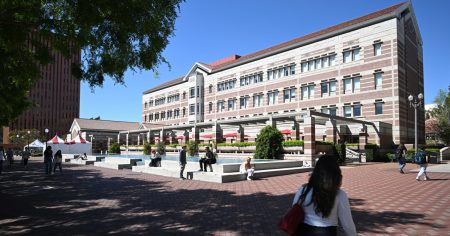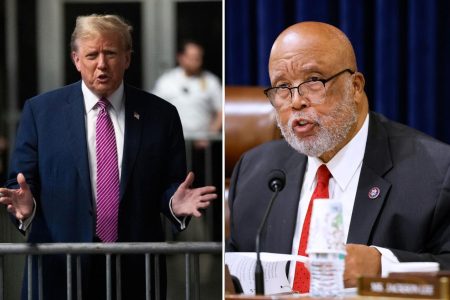The content discusses the impact of climate change on global food security and agriculture. It highlights how rising temperatures, changing precipitation patterns, and extreme weather events are leading to crop failures, food shortages, and decreased agricultural productivity. The changing climate is posing a significant threat to food production and availability, especially in vulnerable regions with limited resources and infrastructure. As the frequency and intensity of natural disasters increase, farmers are facing greater challenges in growing crops, leading to food insecurity and malnutrition.
Furthermore, the content emphasizes that small-scale farmers in developing countries are the most vulnerable to the effects of climate change on food security. These farmers rely heavily on rainfall for irrigation and lack access to modern farming technologies, making them more susceptible to droughts, floods, and other climate-related disasters. The content also discusses how climate change is exacerbating existing inequalities in access to resources and income, further marginalizing smallholder farmers and hindering efforts to achieve food security for all.
In addition, the content explores the role of agriculture in contributing to climate change through greenhouse gas emissions, deforestation, and unsustainable farming practices. It points out that the agriculture sector is a major contributor to global emissions, yet it is also one of the sectors most affected by the impacts of climate change. The content argues for the need to transition to more sustainable and climate-resilient agricultural practices to mitigate the impacts of climate change on food security and reduce emissions from the sector.
Moreover, the content highlights the importance of building resilience in agricultural systems to adapt to the changing climate and ensure food security for future generations. It discusses the need for investments in climate-smart agriculture, including improved water management, diversification of crops, and adoption of resilient crop varieties. The content also emphasizes the role of policies and governance in supporting smallholder farmers and promoting sustainable agriculture practices to enhance food security and reduce the sector’s contribution to climate change.
Additionally, the content addresses the challenge of feeding a growing global population in the face of climate change. It discusses the need for innovative solutions and collaborations across sectors to address food security challenges while also mitigating climate impacts. The content calls for increased investments in research and technology to develop climate-resilient crop varieties, improve agricultural productivity, and reduce emissions from the agriculture sector. It also stresses the importance of supporting smallholder farmers and empowering marginalized communities to build resilience to climate change and ensure food security for all.
In conclusion, the content underscores the urgent need for collective action to address the intersection of climate change, food security, and agriculture. It advocates for a holistic approach that considers the social, economic, and environmental dimensions of the issue to ensure sustainable and equitable solutions. The content urges policymakers, researchers, farmers, and consumers to work together to promote climate-smart agriculture, build resilience in food systems, and achieve food security in a changing climate. It emphasizes the importance of prioritizing the needs of vulnerable communities and investing in sustainable practices to ensure a food-secure future for all.















